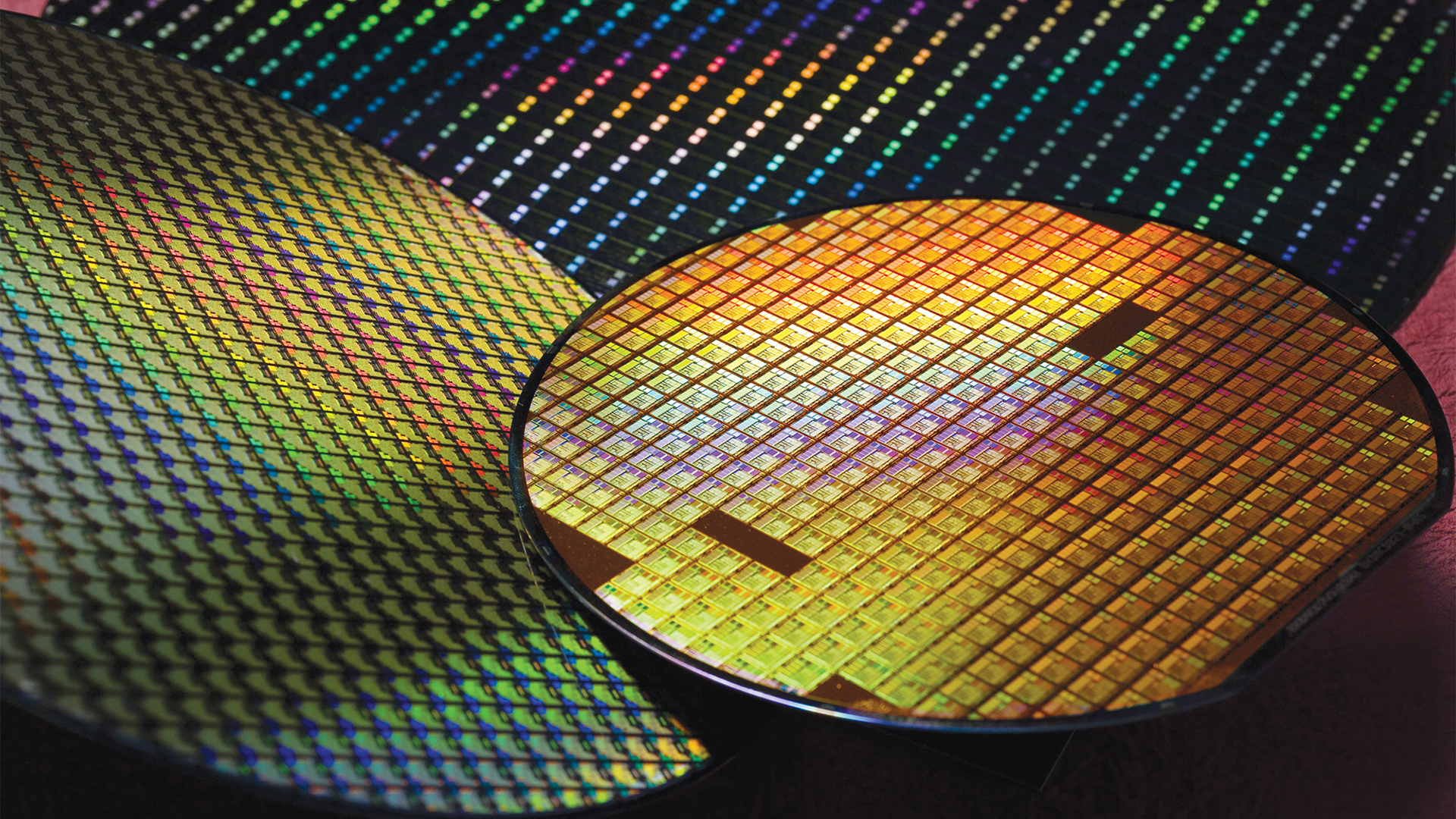Revolutionary computer chip could merge compute and storage in one
Overcomes the limitations of a half-a-century old principle

In a major engineering milestone, engineers have created a new circuit that combines two integral parts of a computer chip, with the potential to revolutionize everything from IoT devices to data centers.
The new chips are created with a new 2D material that helps the chips combine logic operations and memory functions, in turn saving considerable amounts of energy.
The development comes courtesy of researchers at the Swiss research institute, École Polytechnique Fédérale de Lausanne (EPFL). Working at the EPFL’s Laboratory of Nanoscale Electronics and Structures (LANES), the researchers used a new 2D material to combine compute and storage.
- Here’s our list of the best business computers
- Get on the web with these best web hosting providers
- For more flexibility, use one of these best bare-metal hosting providers
More bang for the buck
Talking about the benefits of the new chip, Andras Kis, the head of LANES says the new chip “opens the door to devices that are smaller, more powerful and more energy efficient.”
The energy efficiency of computer chips is governed by the von Neumann architecture, which essentially calls for separate processing and storage units. The constant exchange of data between the two units ends up consuming considerable amounts of energy and time.
Researchers have long been working to overcome this limitation, but have been restricted due to the unavailability of suitable engineering material.
The limitation was overcome with a relatively new 2D material called MoS2, so named because it consists of a two-dimensional single layer that’s three atoms thick. After studying the suitability of this new material, the EPFL researchers used it to fabricate the new chips based on their revolutionary new logic-in-memory architecture.
Are you a pro? Subscribe to our newsletter
Sign up to the TechRadar Pro newsletter to get all the top news, opinion, features and guidance your business needs to succeed!
The researchers claim these chips will help develop dedicated, energy-efficient hardware, particularly for AI and machine learning applications.
However since the new chips will help create faster and energy efficient CPUs, the new development will also be useful in a variety of other applications that compute at large-scale levels.
- Take a look at these best workstations
With almost two decades of writing and reporting on Linux, Mayank Sharma would like everyone to think he’s TechRadar Pro’s expert on the topic. Of course, he’s just as interested in other computing topics, particularly cybersecurity, cloud, containers, and coding.
